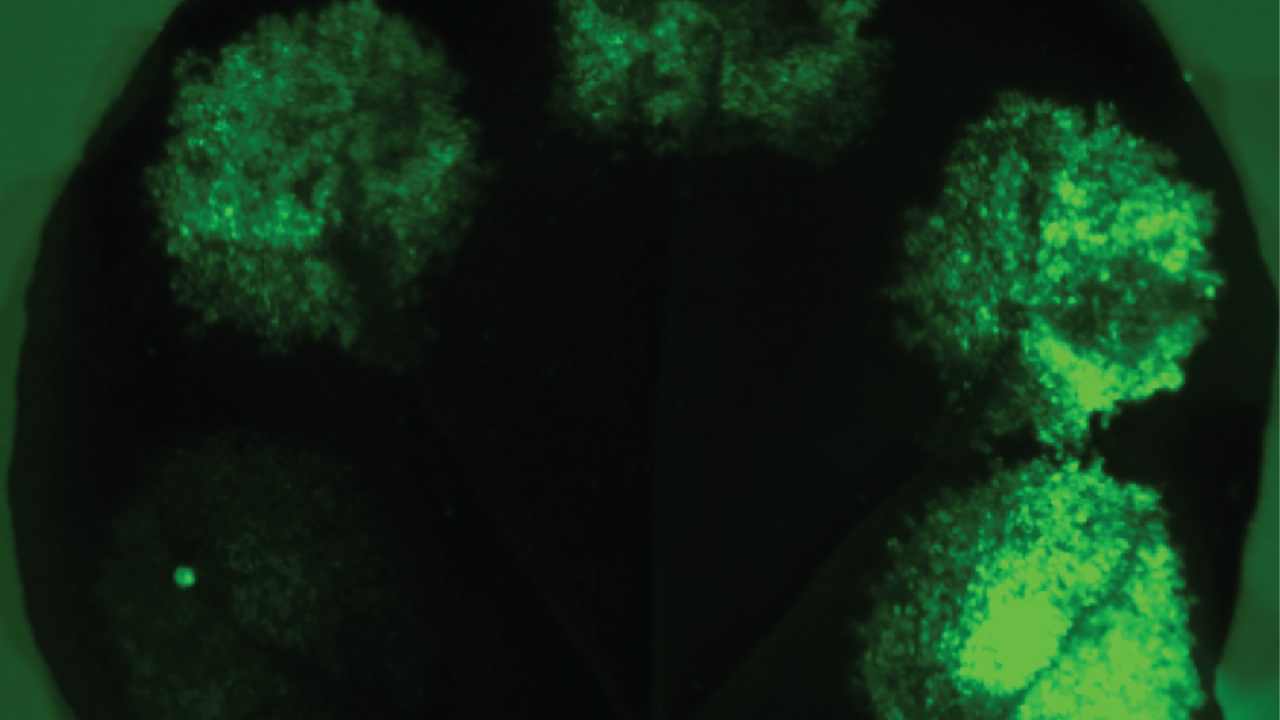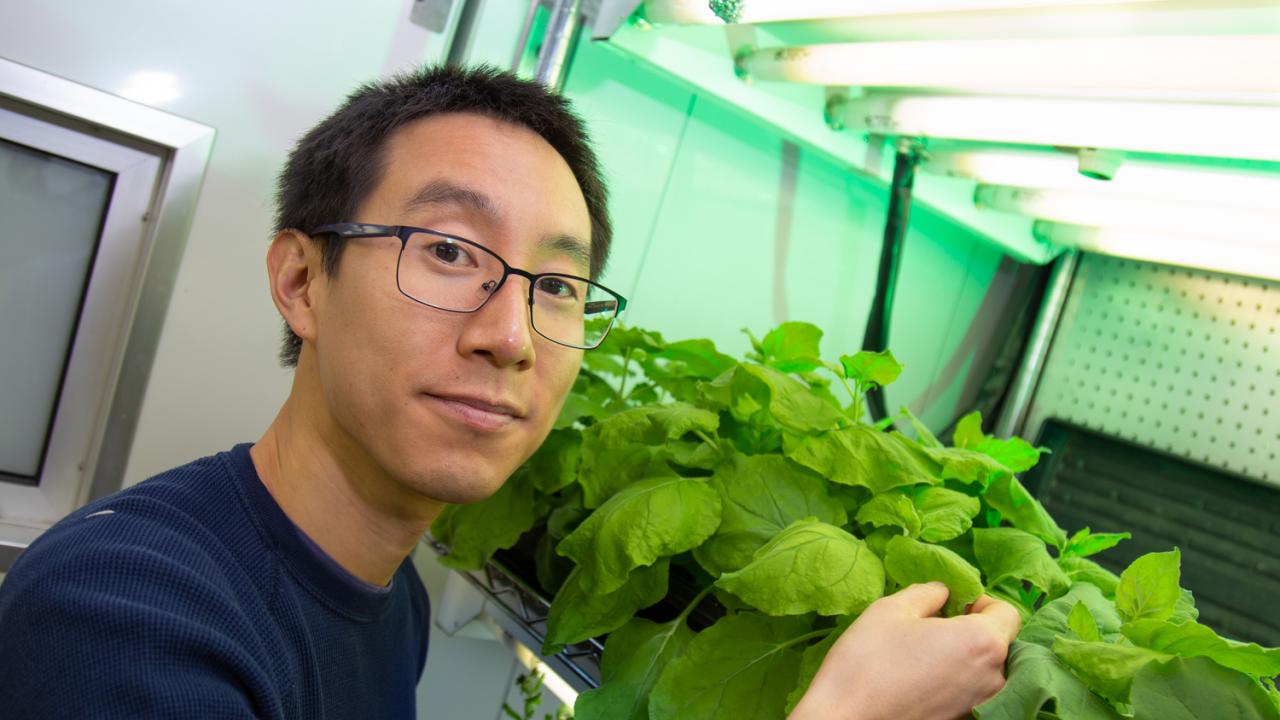
New Synthetic Biology Tools Unlock Complex Plant Engineering
Researchers at The Joint BioEnergy Institute and UC Davis have developed a new set of synthetic biology tools that could unlock advanced plant engineering.
The ability to genetically engineer plants is key for creating sustainable agriculture and renewable energy. But the methods currently used to engineer plants are underdeveloped compared to those for bacteria, limiting scientists in their ability to add preferable traits or delete unwanted ones.
To meet this need, researchers at the Joint BioEnergy Institute (JBEI) developed a set of synthetic plant promoters — which are required for a gene to be expressed in a plant — that will help scientists engineer more sophisticated traits in plants. Their work, led by Patrick Shih, an assistant professor of plant biology at the UC Davis College of Biological Sciences, is published in Nature Chemical Biology.
Shih, director of Plant Biosystems Design at JBEI, said this research provides a proof of concept that plant promoters can be tailor-made to achieve a specific gene expression pattern.
“There’s a lot of excitement in the field there. We’ve been stuck with using whatever promoters already exist,” Shih said. “If we can design them from scratch, it allows us to not only engineer various traits into plants, but it also opens up the window to study plant biology in a whole different way using synthetic biology.”
These new synthetic promoters allow scientists to control how much or how little a gene is expressed, providing more control. They also allow for genes to be expressed in a specific part of the plant, such as the roots or the leaves. These functionalities have previously been challenging to achieve.
“The ability to design and build custom-made promoters now gives us the flexibility to go after different targets and applications,” Shih said. “It opens the door to really sophisticated synthetic biology efforts in the future.”
JBEI is a DOE Bioenergy Research Center supported by DOE’s Office of Science.

Media Resources
- The story was originally posted by the Berkeley Lab
